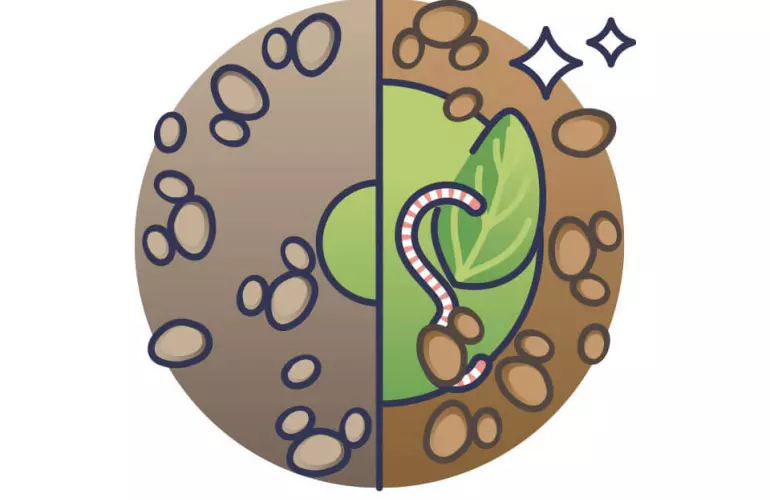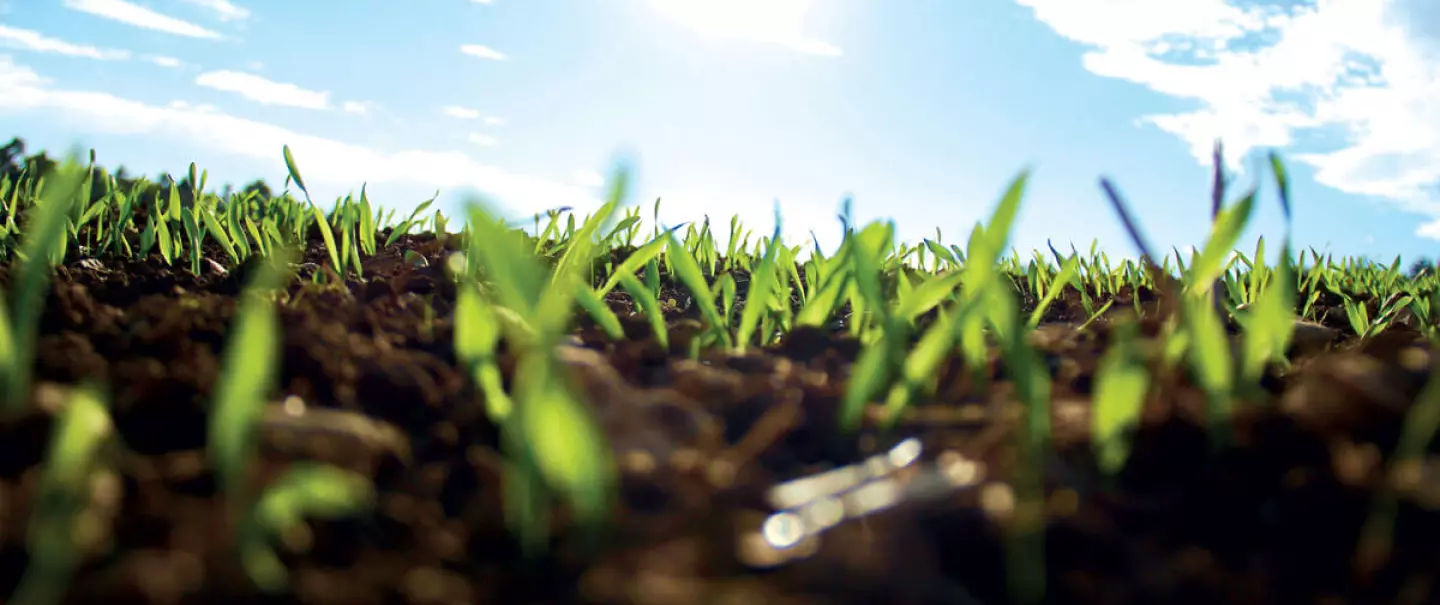
Conservation agriculture: definition
Conservation agriculture is a farmland management method. It first appeared in the 1930s in the United States as a consequence of severe farmland erosion. Nowadays, it is practiced all over the world ...
Conservation agriculture was defined by the FAO (Food and Agriculture Organisation) in 1997. It is based on three fundamental principles that prevent soil degradation. More than 100 million hectares of farmland are now managed under conservation agriculture.
Three major pillars are considered to be the basis of conservation agriculture:
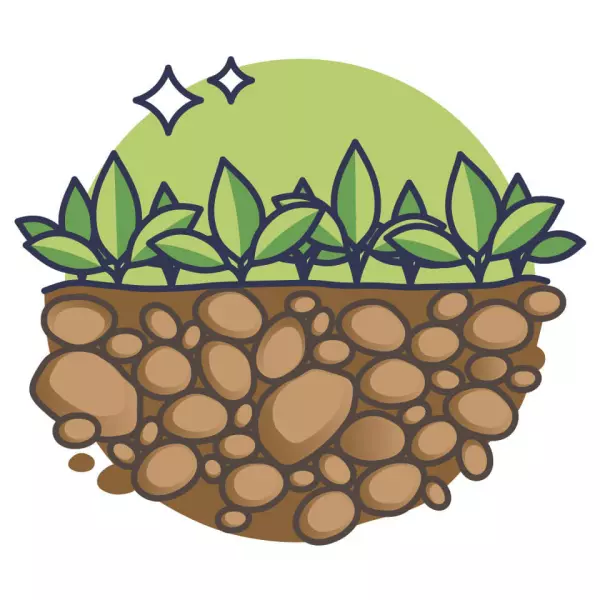
cover crop
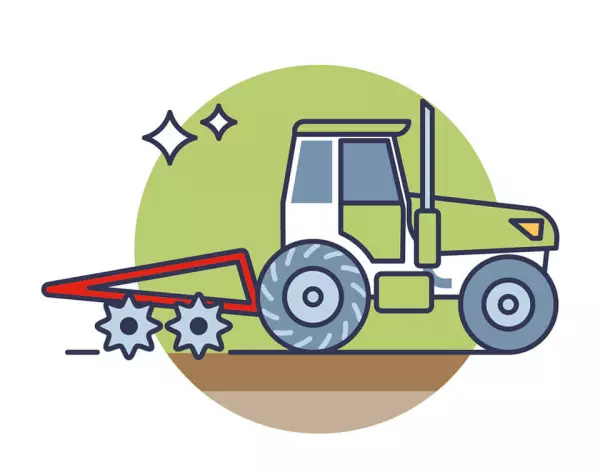
minimum tillage

crop rotation
These 3 pillars of conservation agriculture are key to reaping the full benefits of the technique.
CA is often associated with non-tillage techniques such as minimum tillage (min-till). In fact, min-till is one of the techniques used to meet the objectives of the first pillar. However, the concept of conservation agriculture also encompasses operations such as residue burial and weed control which is not the case for min-till.
Thirty percent of the planet’s soil is degraded according to the FAO. Implementing conservation agriculture is therefore of planetary importance. It’s a question of restoring our soils in order to produce enough to feed the human population over the long term. In addition, conservation agriculture produces other major benefits, particularly concerning global warming. Less tillage means that carbon, absorbed by plants to grow, is fixed deep down in the soil when the plant matter is transformed into humus. CA also benefits the farm by reducing labour and energy costs due to fewer operations.
By sequestering more carbon through less tillage and planting cover crops, CA promotes the formation of organic matter. Soil fertility increases. The rich environment increases biodiversity and earthworms, as well as natural biological processes that recycle organic matter.
At the same time, the soil becomes more porous with better infiltration capacities which limits erosion further and improves the water supply to crops. Once the method has been mastered, all these advantages make it possible to achieve yields in line with conventional techniques. Weed management, using cover crops and crop rotation, is often a determining factor.
Applying the principles of conservation agriculture requires observing and interpreting the soil. Quick and easy diagnoses are possible if agronomic basics have been mastered: spade test, mini 3D soil profile, etc. With these diagnostic tools, it is possible to determine soil health and the techniques required to improve it.
The most commonly used techniques in conservation agriculture include:

Conservation agriculture is a farmland management method. It first appeared in the 1930s in the United States as a consequence of severe farmland erosion. Nowadays, it is practiced all over the world ...
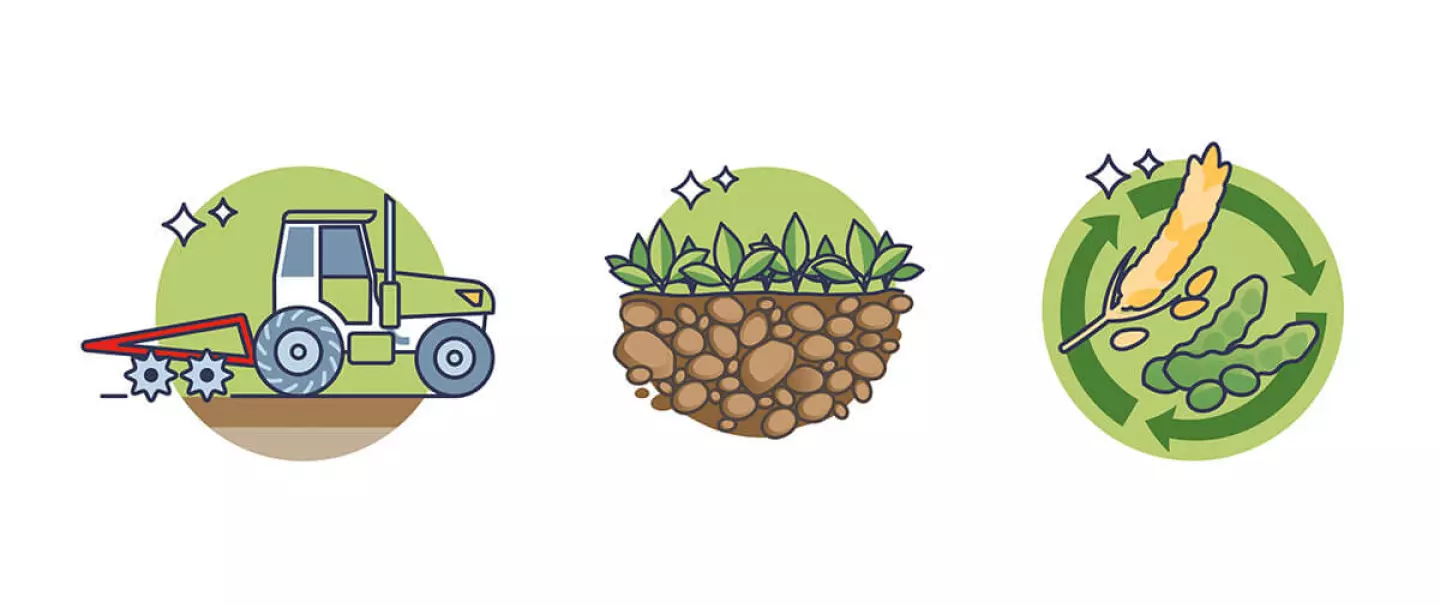
Conservation agriculture consists of a number of agricultural techniques intended to improve soil structure and fertility. The techniques are based on three pillars, or major agronomic principles: min...
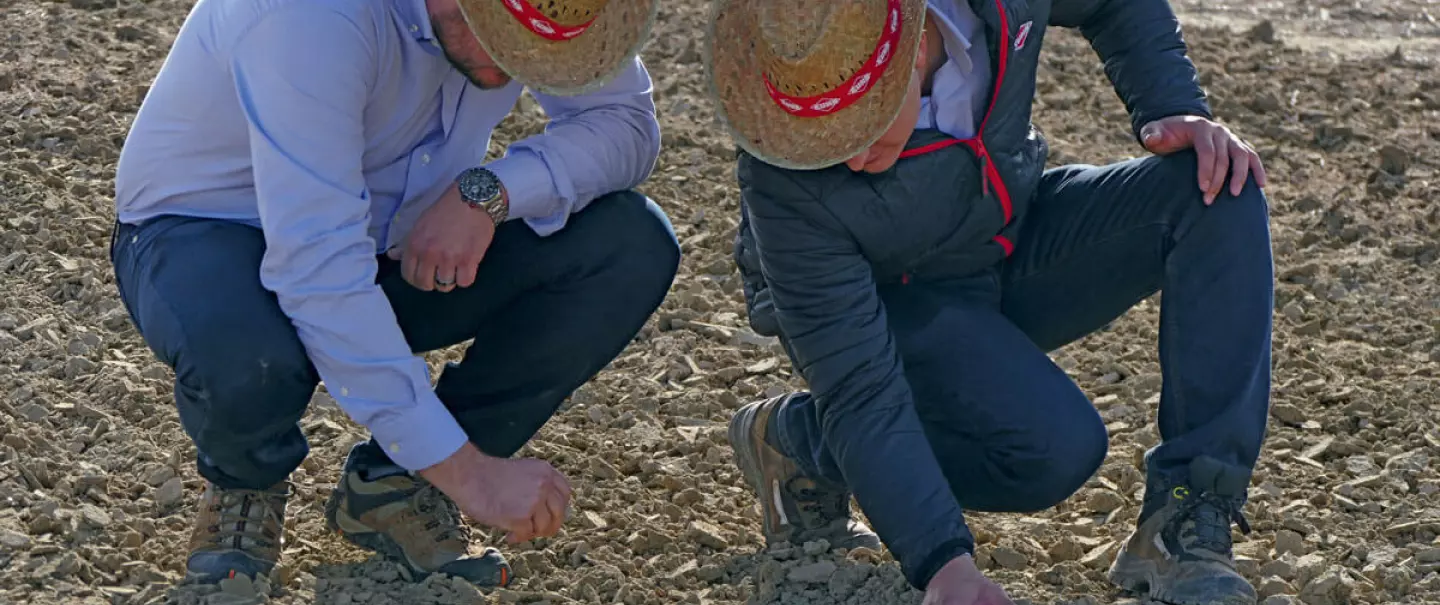
According to the FAO (United Nations Food and Agriculture Organisation), one third of the planet’s soils are degraded. Production potential is jeopardised due to soil depletion. The main challenge wit...
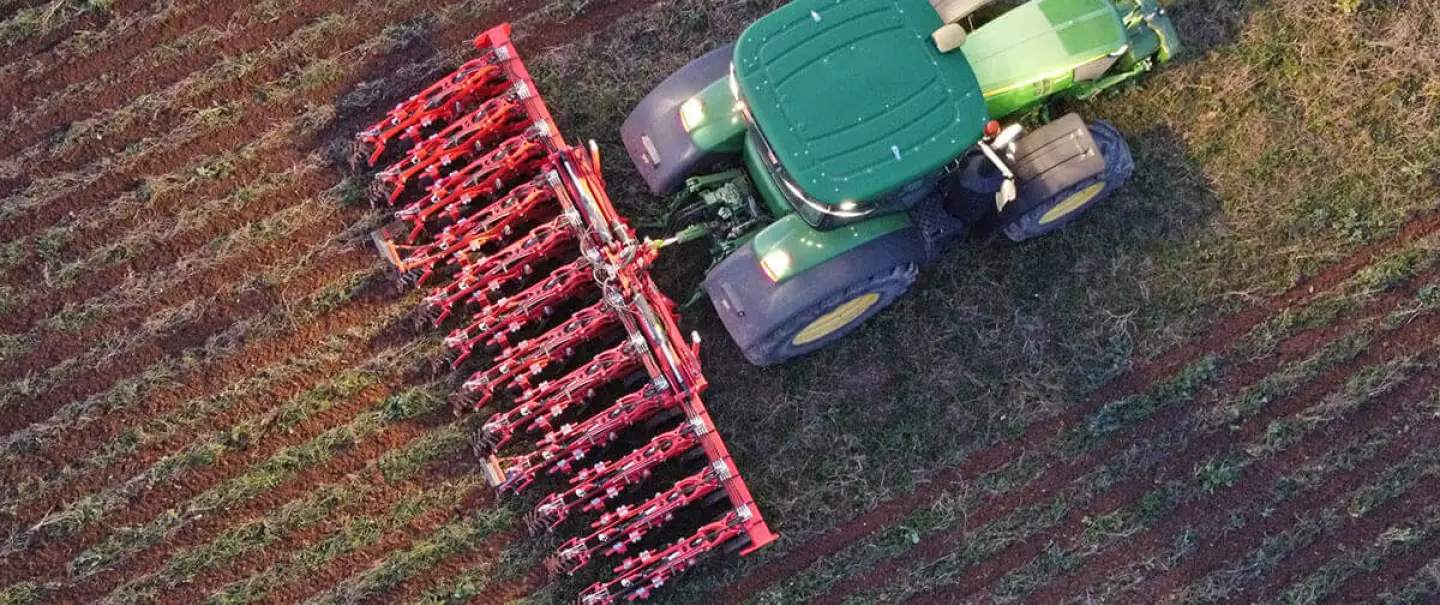
The aim of all the techniques used in conservation agriculture (CA) is to promote the soil’s agronomic potential while maintaining optimum crop yield, long term. As such, soil should be considered as ...
